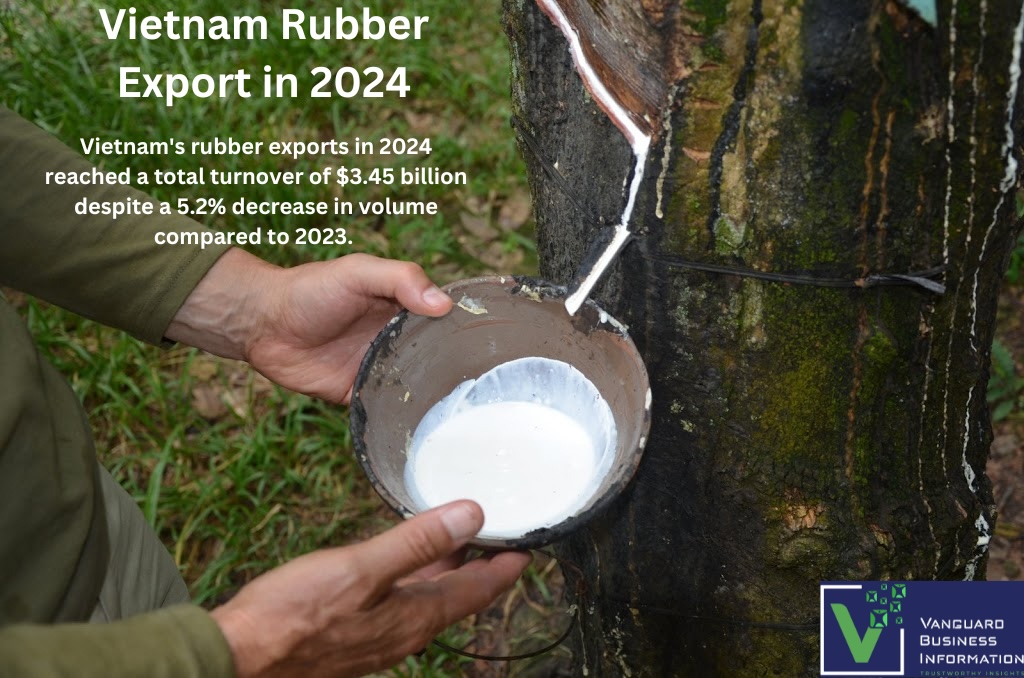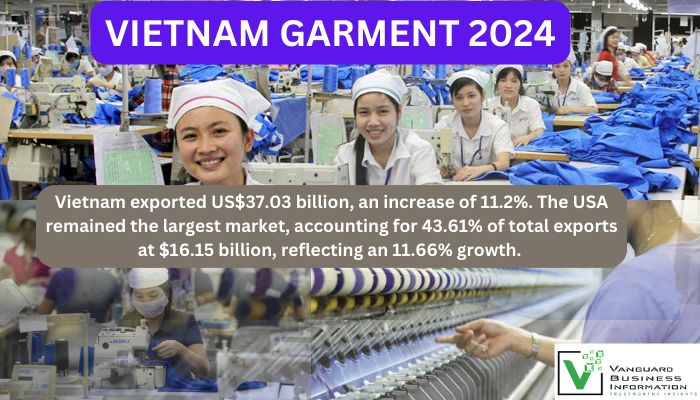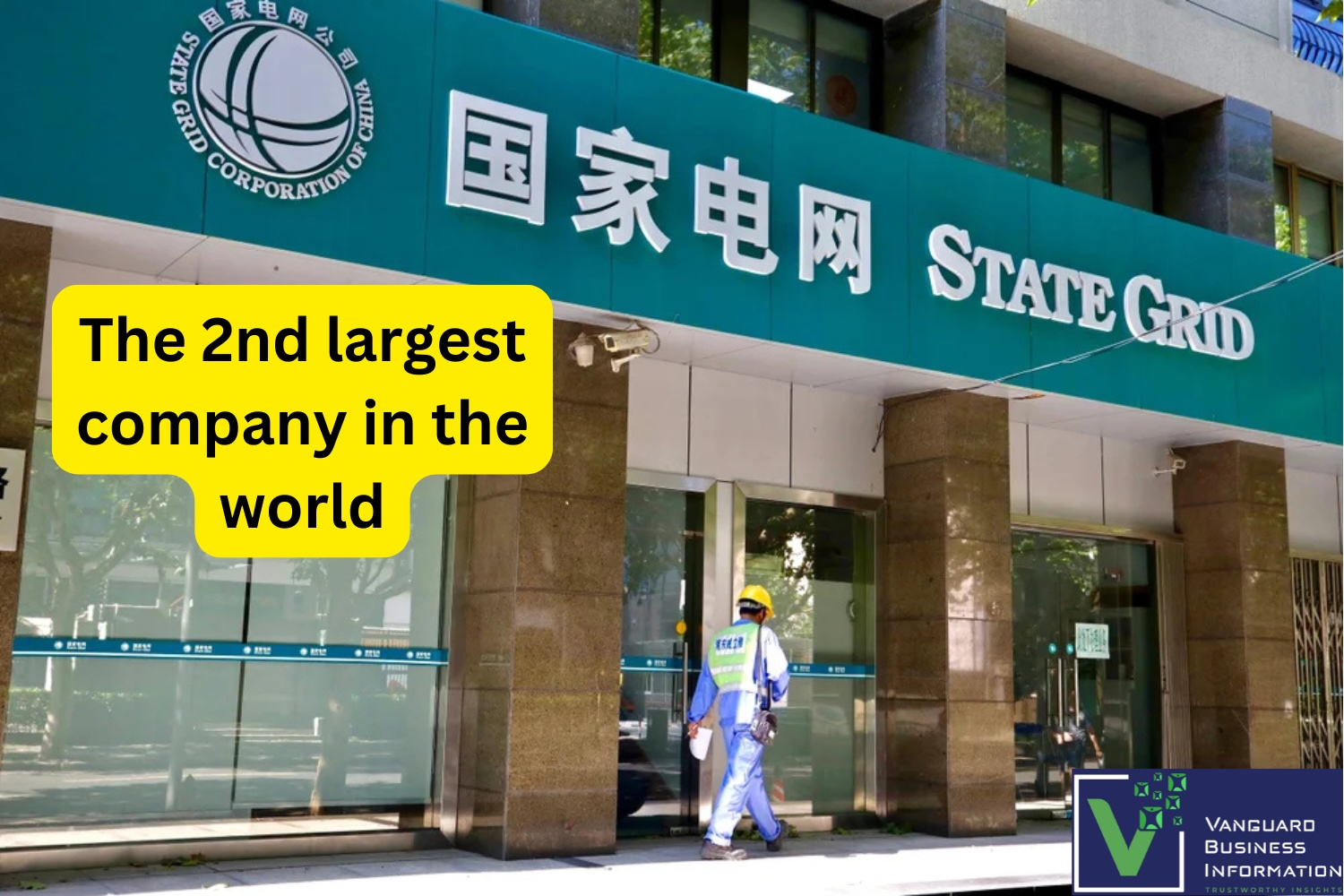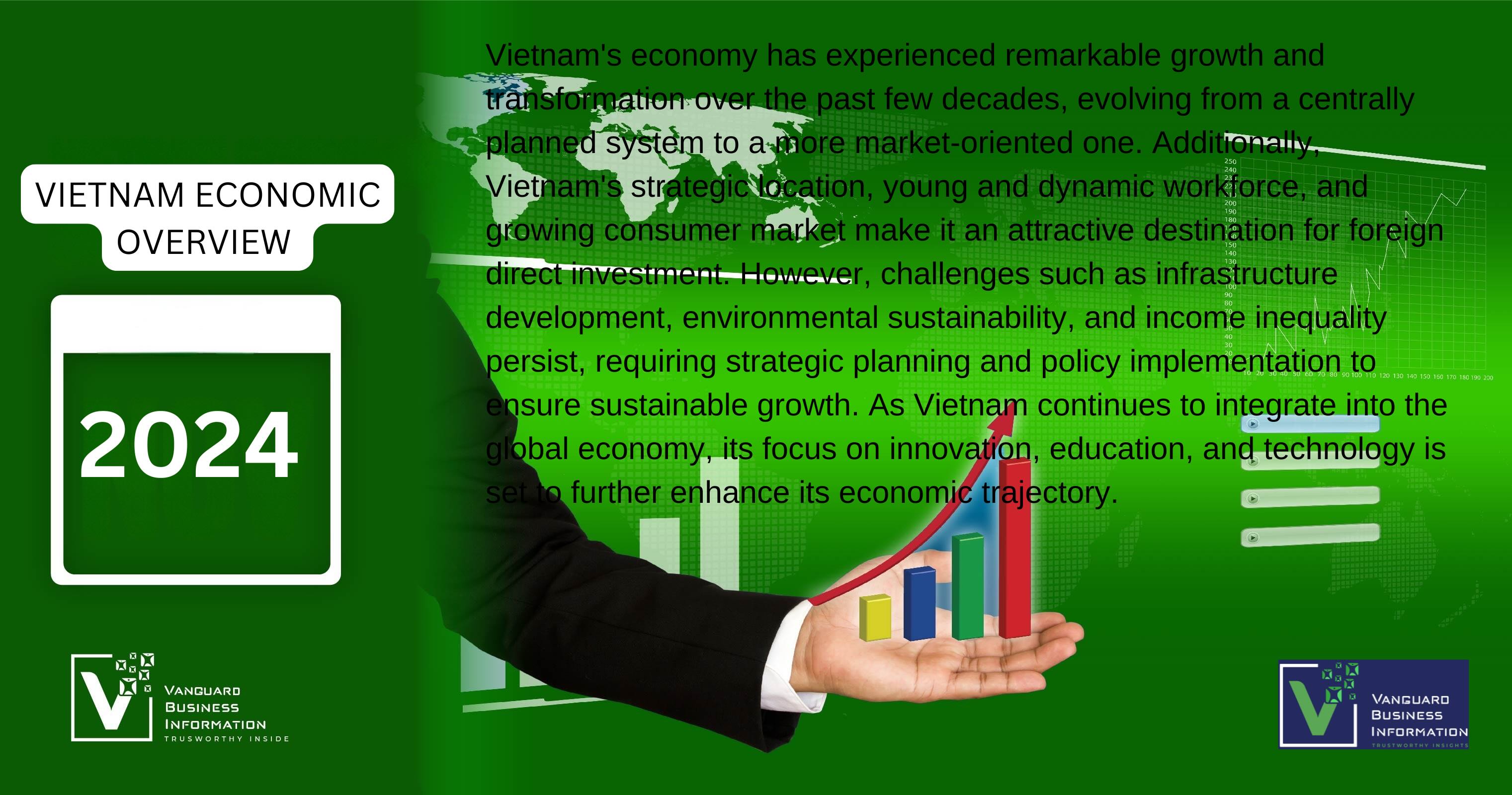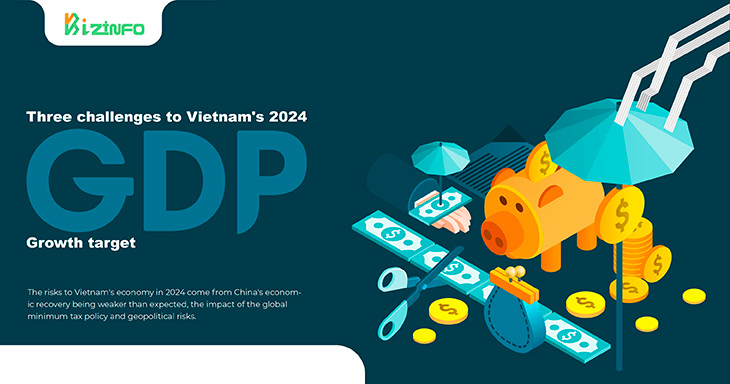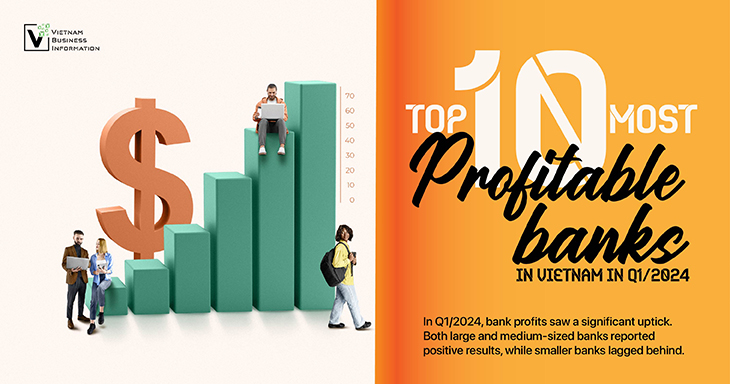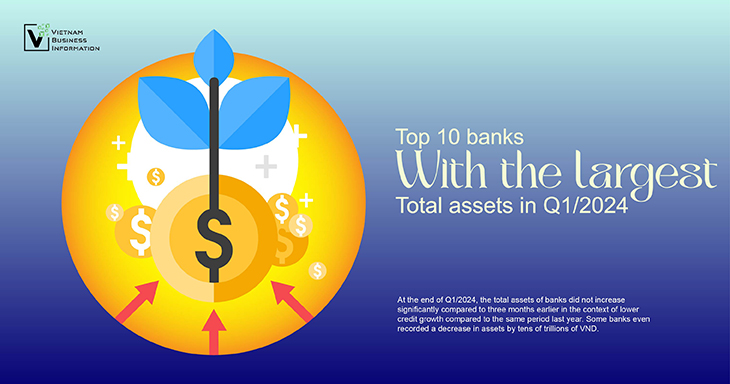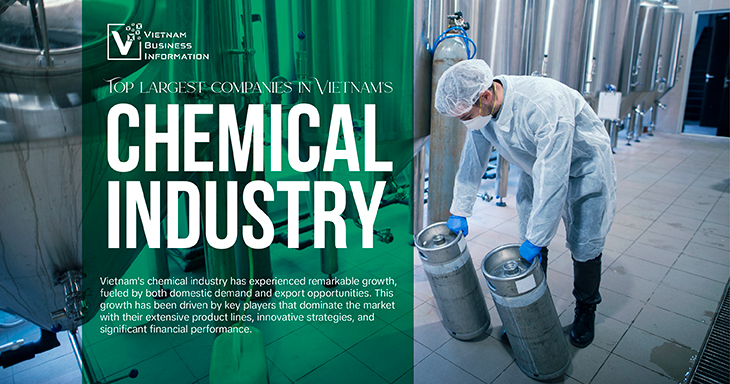
The VBI News blog provides a multi-dimensional perspective on global business information. Here, you can find important economic news, expert reviews, and opinions. The blog covers the latest business and financial news on the global economy, backed by facts and figures. Readers are provided with crucial information that may impact their financial decisions while conducting business.
Improvement in Vietnam's manufacturing sector

Increase in new orders
On the morning of March 1, 2024, S&P Global announced the Vietnam manufacturing industry Purchasing Managers' Index (PMI) report for February 2024. There are 3 outstanding highlights: The number of new orders continued to improve, supporting employment growth; Output prices increased after falling in January; Business confidence hit a year's high.
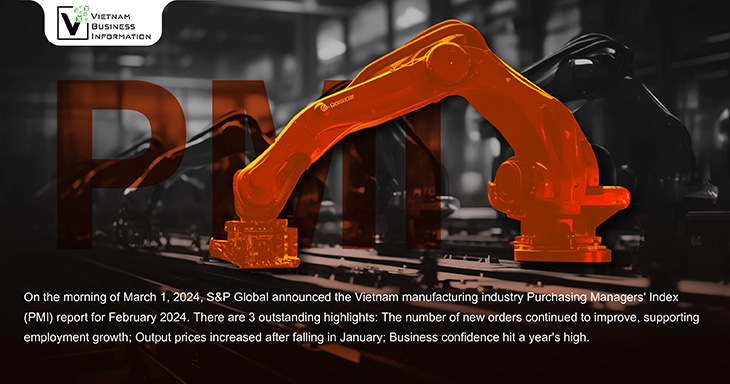
The report noted that Vietnam's manufacturing industry continued to grow slightly in February when both output and the number of new orders increased for the second consecutive month. Sustained growth has helped jobs rebound, while business confidence rose to a one-year high.
However, companies continue to reduce purchasing activities and instead use inventory to support production and fulfill orders. Meanwhile, they have also increased selling prices to offset the increase in input costs.
The number of new orders increased slightly for the second consecutive month, and some survey respondents attributed the increase in the total number of new orders to an improvement in the number of new orders from abroad. However, the growth rate of new export orders has slowed down, and the increase is only slight.
Rising employment
At the same time, output recorded an increase for the second consecutive month in February. This period's increase was mild and almost on par with the level recorded in January. Output increased in consumer goods and basic investment goods, but decreased in intermediate goods.
A surge in new orders encouraged manufacturers to increase headcount for the first time in four months, and the increase was the highest in a year. However, some survey respondents said they only hire new workers on a temporary basis.
With employment rising and number of new orders remaining low, companies were able to clear their backlog of work for the first time in three months.
This is partly because companies used finished goods inventory to meet order requirements, thereby causing post-production inventory to continue to decline. In fact, this rate of decline is the fastest in four months, and one of the two sharpest declines since January 2023.
Manufacturers also decided to use inventory purchased in February instead of buying new ones. Purchasing activities decreased slightly for the fourth consecutive month, while this period's decrease in input goods inventories has been the most significant since June 2021.
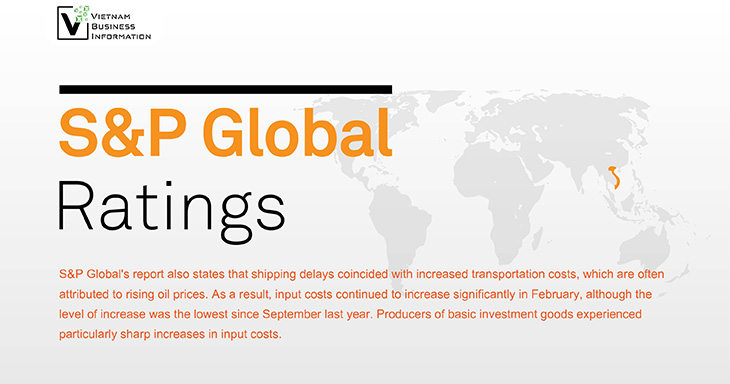
S&P Global's report also states that shipping delays coincided with increased transportation costs, which are often attributed to rising oil prices. As a result, input costs continued to increase significantly in February, although the level of increase was the lowest since September last year. Producers of basic investment goods experienced particularly sharp increases in input costs.
Some manufacturers have transferred the burden of high input costs to customers, thereby causing selling prices to increase slightly after a slight decrease in the previous survey period. The price increase is only slight, reflecting the fact that some companies are trying to limit price increases because of competitive pressure.
Plans to expand production and introduce new products contributed to increased business confidence in the middle of the first quarter, and optimism about output also reflected expectations of growth in new orders. Business confidence hit a one-year high with nearly 55% of survey respondents expressing optimism.
Source: vneconomy
Compiled by VBI

Profits of beer businesses saw a decline
Beer enterprises all witnessed a decline in business results due to the...



